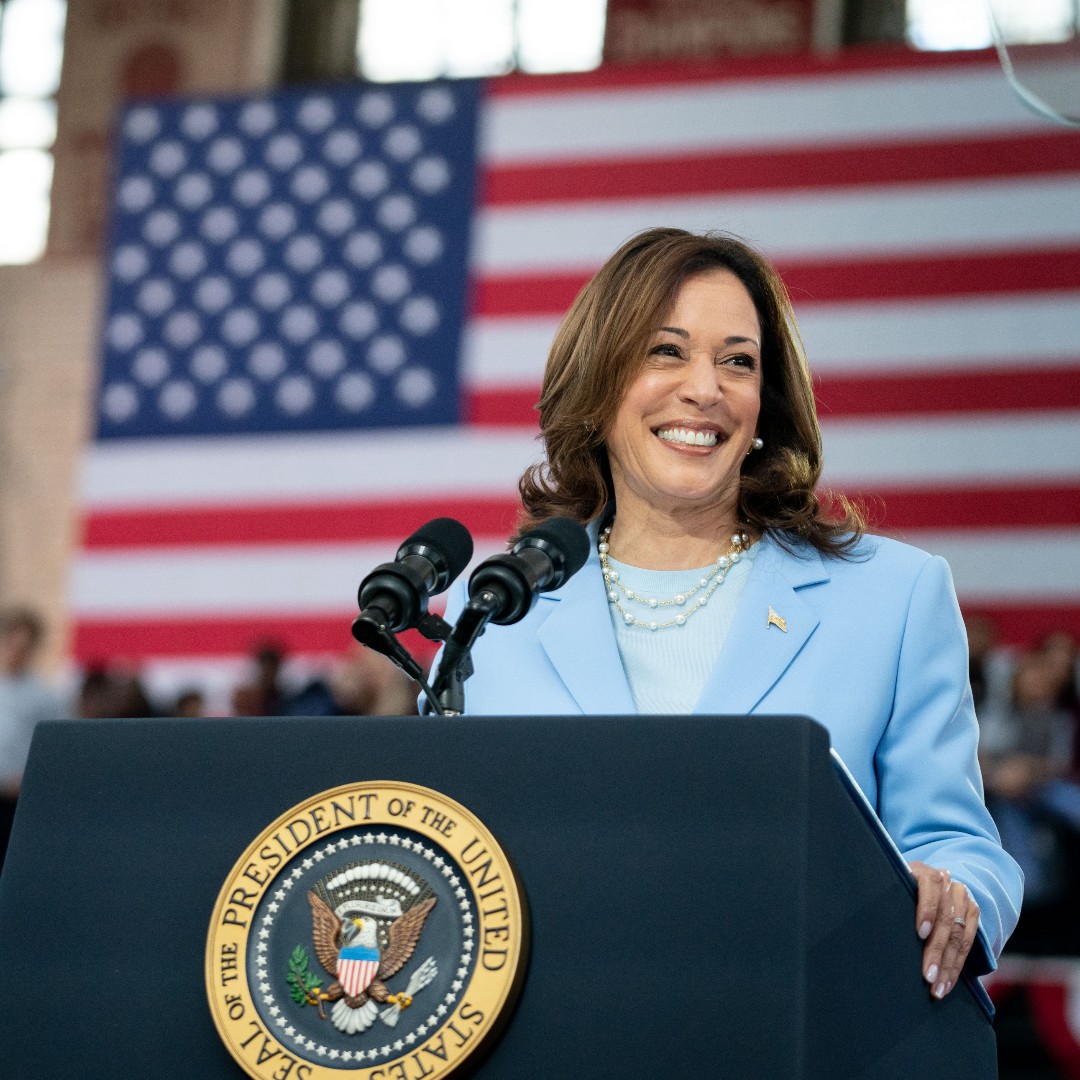By Yvonne Su, York University, Canada, Tegan Hadisi, University of Oxford, The Conversation
Can TikTok help lead the Kamala Harris-Tim Walz campaign to victory in the United States presidential election the way Twitter, now X, was believed to have helped Donald Trump in 2016? Is Harris’s so-called brat summer enough to sustain her momentum into four more years of a Democratic-led America?
With under 100 days left to election day in November, Harris’s campaign has quickly taken flight, raising a record-breaking $81 million in just the first day of her candidacy and $310 million in the month of July alone.
The Democrats also have an unexpected supporter in singer and songwriter Charli XCX, who fuelled youth excitement with her tweet “kamala IS brat.”
Up until a few weeks ago, many people — particularly those over 35 — probably wouldn’t have had a clue what that meant. Today, young people across the U.S. and globally have embraced the term as it’s been bestowed upon Harris.
The viral sensation quickly found its way into national news and late-night television, with NBC News even publishing a Venn diagram to make sense of it all.
Embracing ‘messiness’ of life
Living a brat summer and embodying “brat” is all about embracing the messiness of life. In various interviews, Charli XCX defines a brat as someone who is “very honest, is very blunt, a little volatile.”
The brat phenomenon has helped fuel a much-needed cultural renaissance for the Democratic Party, led by their newfound set of engaged followers — American youth.
After Harris entered the race when U.S. President Joe Biden announced he wasn’t running for a second term, Vote.org, a non-partisan platform in the U.S. dedicated to voter registration and get-out-the-vote technology, announced a nearly 700 per cent increase in voter registration. Almost all of these new voters are people under the age of 35.
Just days after Charli XCX’s viral tweet, Harris joined TikTok, the popular video and photo-sharing platform (that, incidentally, the U.S. has demanded must be sold by April 2025). As of last November, research shows that a third of Americans aged 18-29 are regularly getting their news from TikTok.
Harris has since amassed more than 4.3 million TikTok followers and over 25 million likes on her videos.
TikTok is illustrating the significant role the brat handle is playing in Harris’s campaign. It’s become inundated with content dedicated to Harris as brat, calling for a “femininomenon” and galvanizing youth engagement as the vice president surges in the polls.
An opportunity unlike any other
There are more than 121 million Americans on TikTok despite the threats against the app in the U.S., making it the second-largest TikTok audience in the world next to Indonesia. This popularity, and TikTok’s ability to mobilize young people in a country where they’re consistently underrepresented in political institutions and elections, presents an opportunity for the Democrats unlike any other.
Harris’s good-natured demeanour — evident in her now-famous quote “You think you just fell out of a coconut tree?” — has helped energize her campaign. While these isolated moments have boosted her profile and popularity, TikTok is turning them into viral sensations through user reproduction of memes.
In 2016, Twitter was leveraged and deployed by Trump to great success. But the impact and role of social media on general elections isn’t unique to the U.S.
In the 2013 Cambodian election, and the 2019 vote in India, social media was believed to have sowed divisive political narratives that fuelled aggressive nationalism.
Earlier this year, TikTok became a battleground for youth during the Indonesian election and was used to mobilize the youth vote in the British election.
The role that social media plays in shaping politics, specifically in the U.S., is nothing new.
But social media’s ability to convert content engagement to voters at the polls is far more murky, compelling get-out-the-vote organizations like Voters of Tomorrow, which works in more than 20 American states and leverages influencer culture and the viral nature of social media, to try to ensure online engagement translates into votes.
Sustaining excitement
Youth excitement about Harris is showing no signs of abating.
In an interview with CNN, Prachitha Porika, a young registered Democratic organizer, said in response to Harris’s candidacy: “All of a sudden, just like that, we realized Gen Z can get their ass off their couch, get up and organize … they just needed the right people in office to inspire them.”
Harris’s running mate, Minnesota Gov. Tim Walz, noted this shift in energy on his own TikTok, publicly telling Harris:
“The joy that you’re bringing back to the country, the enthusiasm that’s out there … it’ll be a privilege to take this with you across the country.”
Other commentators are noticing the excitement, with CNN’s Jake Tapper arguing the success of Harris’s brat summer is a direct result of “going right for them (the youth) in a language of their own.”
Connecting with young Americans this way may clearly have an impact on voter turnout in November. While the “Kamala IS brat” sensation and its TikTok enthusiasts seemingly took flight overnight, the real question is whether the momentum continues and young voters show up to cast their ballots.![]()
Yvonne Su, Assistant Professor in the Department of Equity Studies, York University, Canada and Tegan Hadisi, MPhIl Candidate, Development Studies, University of Oxford
This article is republished from The Conversation under a Creative Commons license. Read the original article.






















